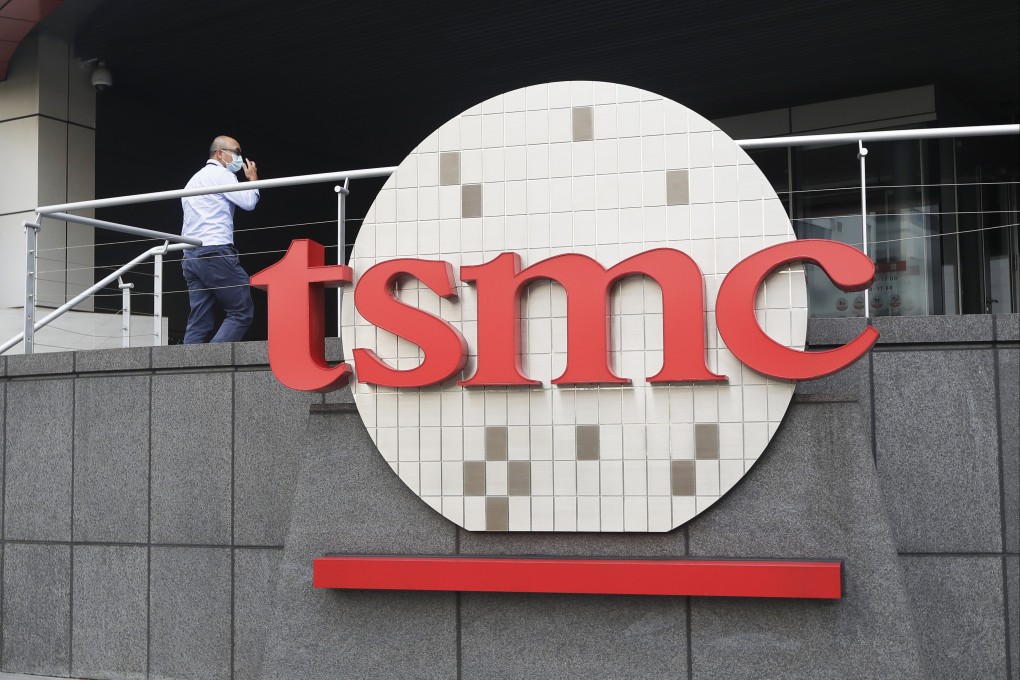TSMC says demand for capacity is strong ahead of 3nm chip launch, despite signs of weaker demand for electronics
- TSMC said there are signs of weakening demand for smartphones and computers, but automotive and other applications remain robust
- The chip maker is preparing the launch of its 3nm node process in the second half of the year, an improvement over its 5nm chips used in iPhones

Taiwan Semiconductor Manufacturing Co (TSMC), the world’s largest contract chip maker, said on Thursday that demand for its capacity will remain strong throughout the year despite signs of weakening demand for computers and smartphones.
The company saw its first-quarter revenue grow by 36 per cent year on year to US$17.57 billion on the back of strong demand from smartphone and car manufacturers. Net profits rose 45.1 per cent to NT$202.73 billion (US$7 billion) from the same period a year earlier, according to its financial results released on Thursday.
TSMC’s chief financial officer Wendell Huang expects second-quarter revenue to be between US$17.6 billion and US$18.2 billion.
TSMC CEO C.C. Wei, confirmed in a conference call with analysts on Thursday that its closely-watched next-generation N3 (3-nanometre) technology will enter production in the second half of this year to supply high-performance computing (HPC) applications and smartphones. TSMC expects its N3 chips to offer up to 15 per cent greater performance and up to 30 per cent less power consumption compared with its current N5 chips.
“We are on track for volume production of [N3] in the second half of 2022 with good yields, and we continue to see high levels of customer engagement at N3,” Wei said during the company’s conference call, adding that he expected more tape-outs on the 3nm node in the first year compared with its 5nm and 7nm nodes.